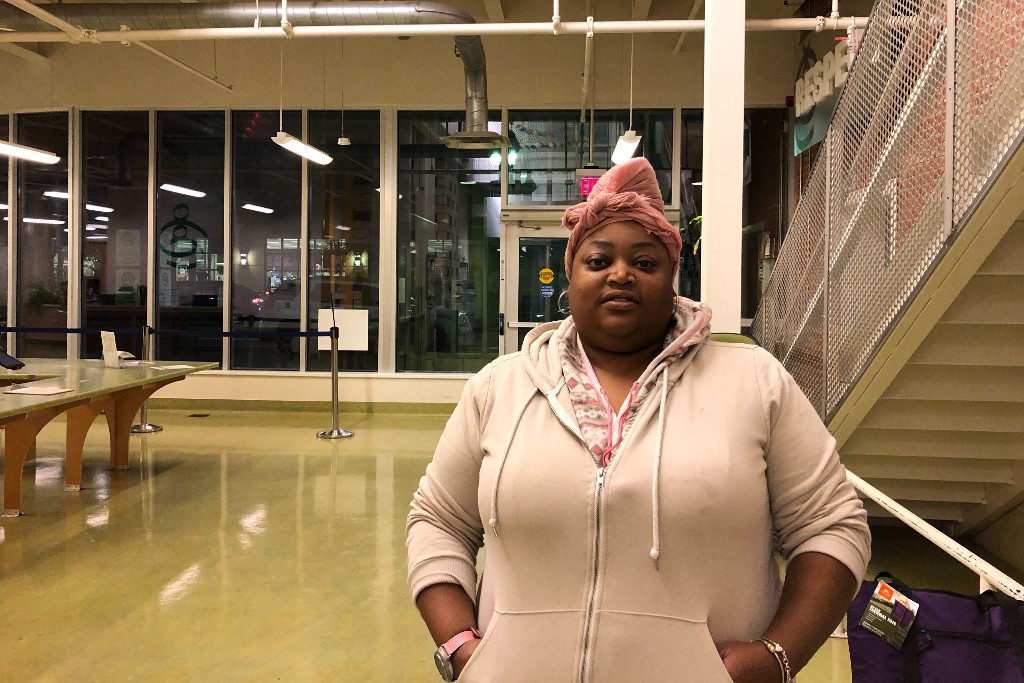People gathered on October 8 at an event near the Howard University hosted by Bread for the City, a local organization dedicated to D.C.’s low-income communities, in order to learn about what’s happening in the D.C. area’s public housing scene.
During the meeting that took place at the organization’s conference room, attendees were informed about new regulations on public housing and how to preserve it.
Bread for the City “is trying to engage the community as much through outreach and doing political educations,” said Alexis MacKenney, Bread For the City’s Budget Campaign Community Organizer, told The DC Post, in reference to the 20-Year Transformation Plan released by D.C. Housing Authority (DCHA) in August.
Most organizations operating in the field started to be concerned about the financial and practical feasibility of DCHA’s plan to relocate 2,600 families forced to move out of their places.
The Plan seems indeed to be failing to address the problem of relocation and not considering the rights of residents such as their right to return to the neighborhood after renovation, which would undoubtedly be different and unaffordable.
Behind the White House but far from the politicians’ living standards, activists, advocates and Washingtonians have been trying to raise their voices and fight against the city’s construction plan.
Because the so-called Chocolate City is no longer an affordable place to live, and income discrimination is making a huge difference among people who come here only for business and citizens born in the city but forced to move outside their place.
We are talking about what is today called “gentrification,” a term we often hear when we talk about big cities but most of the time it’s hard to understand what there is behind. Gentrification is simply explained as the process of repairing and rebuilding homes in urban neighborhoods in order to let the middle and upper class populate those areas and live in those buildings.
Among the consequences of gentrification, there is the depopulation of urban, often poor but historical neighborhoods, and the increase of the house market.
Despite the term seemed to be new, it started to be used in the 60s in the United Kingdom, when a German-British sociologist and city planner, Ruth Glass, explained how “One by one, many of the working class neighborhoods of London have been invaded by the middle-classes—upper and lower. […] Once this process of ‘gentrification’ starts in a district it goes on rapidly, until all or most of the original working-class occupiers are displaced and the whole social character of the district is changed.”
Gentrification today causes homelessness and it is strictly connected to public housing, especially in Washington, D.C. It seems to be a perfect indicator of how in the next years it will be a place designated only for business men and women.
Although public housing system was established to provide decent and safe rental housing for eligible low-income families, the elderly, and persons with disabilities, right now, more than 20,000 people benefit from it in D.C., with more than 40,000 still on DCHA’s closed waitlist.
While Bread for the City mainly recommends that DCHA provides units that keep families from paying more than 30 percent of their income for rent, and ensures that units that will be demolished and replaced with ones the same size, the bureaucracy doesn’t seem to be on the citizens’ side.
For the city government, someone who is considered “homeless” can apply to the Housing Choice Voucher Program, funded through the U.S. Department of Housing and Urban Development (HUD), that provides assistance for residents that qualify for low-income limit. Through vouchers, low and moderate-income residents can find affordable housing and pay rent for privately owned properties across the District.
“It took me two years to get into the program,” Antoinette Williams, a former homeless person, told The DC Post. Born in Maryland, Antoinette moved to D.C. a long time ago for better job opportunities and also because some of her relatives were living in the city.
Due to gentrification, Antoinette’s mom had to move out of her apartment and after living with other people for a while, she decided to go to a shelter and live there. Meanwhile, she found a part-time job and was able to save money, but once she got into the Housing Choice Voucher Program, she had nobody to explain to her how the vouchers worked.
After almost a year, Antoinette today still has a part-time job, a car and her own place, but she says “I won’t have the time I lost back.” She is now eager to share her story and help others who are in the same situation as she used to be in: “A lot of people don’t know anything about these programs, that it is why I am here.”

